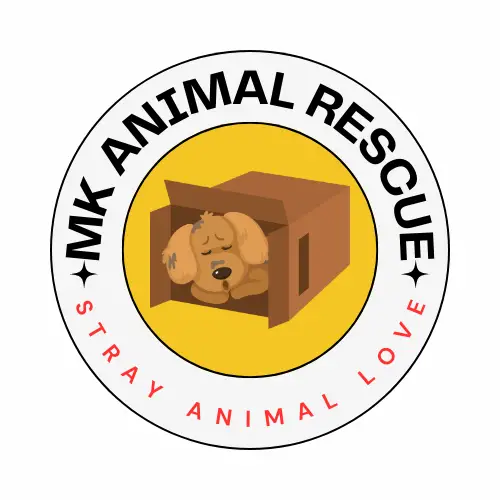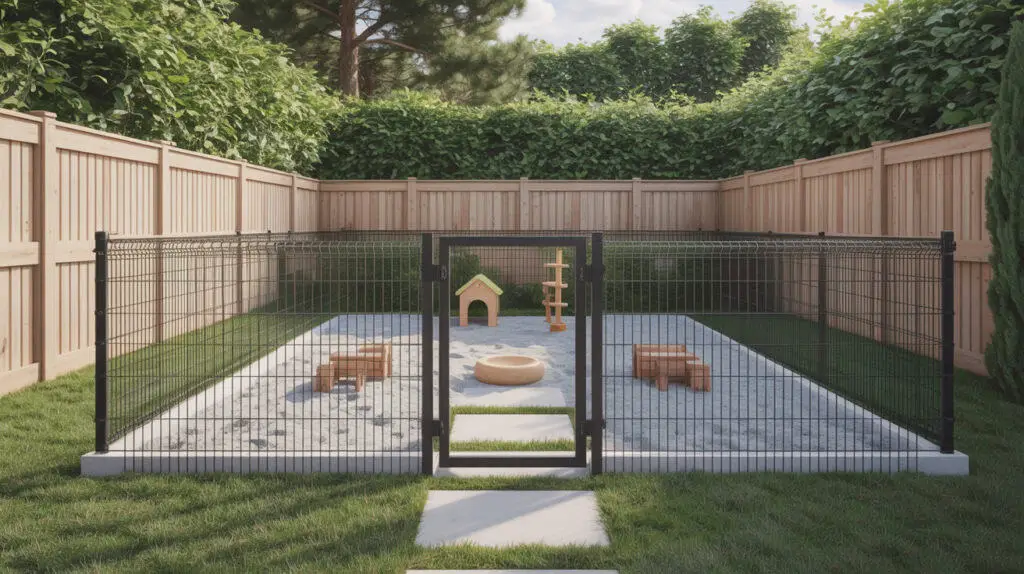
If you’ve ever looked around your backyard and thought, “Could this be something more than just lawn and patio furniture?” — then hey, same. Especially if you’ve got more than one dog, or that one friend who always says “Can you watch my pup this weekend?” and forgets to bring the leash. Again.
The idea of turning your own outdoor space into a dog sanctuary — one that also works as a part-time boarding facility — might sound like a massive job (or like you’re starting a literal dog hotel empire). But actually, with a bit of planning and a realistic layout, you can create a space that feels thoughtful, flexible, and like pure doggy heaven. And still have room for your own morning coffee.
I’ve seen so many small setups do this beautifully — a mix of dog park vibes, modern kennel comfort, and yes, a splash of boutique pet resort energy. Whether you’re looking to launch a mini dog daycare, start a side hustle, or just give your furry crew the five-star lifestyle, these ideas are practical and totally buildable. Let’s start from the ground up.
Fenced-In Main Play Zone with Double-Gate Entry
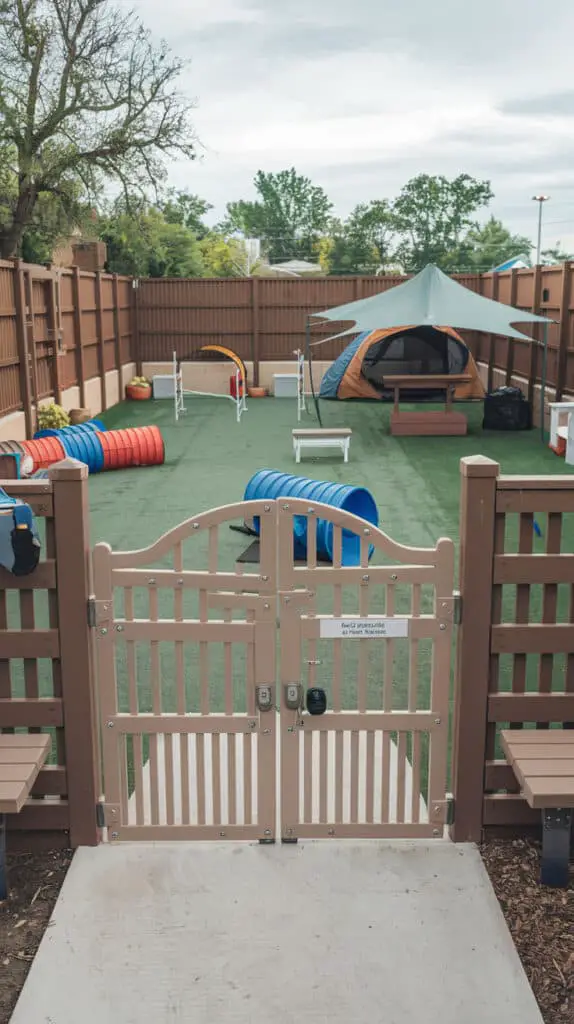
You’ll want a safe space where dogs can run, tumble, and play — but you also need it to feel secure. That’s where a solid fenced-in play zone comes in. Choose tall fencing (6ft or more is ideal for jumpers), and opt for materials like coated metal or vinyl if you want it to last and look clean.
But here’s the real upgrade: add a double-gate entry system. Think of it like an airlock. The first gate leads into a small entry section, and then a second opens into the play yard. It’s simple, but it prevents sneaky bolters and makes group arrivals way less stressful. You can even add a little bench or gear hook in the entry zone if you’re feeling fancy.
Inside the yard, stick to turf or well-drained gravel (mud is your enemy) and maybe add a splash of color with agility tunnels or shaded tents. This is your dog sanctuary core. Everything else can build around it.
Covered Kennel Units That Actually Feel Cozy

Let’s talk boarding — where the pups sleep and chill between play sessions. You don’t need a row of industrial metal cages. You can go cage-free, but even then, you’ll want individual zones where dogs can retreat.
A covered wooden kennel setup is ideal here — think small cabin vibes. Build each unit with raised floors, proper ventilation, and some insulation if you’re in a climate that changes a lot. Add sliding doors or Dutch-style windows, and soft lighting inside (yep, we’re going mood lighting for dogs now).
Finish each space with washable cushions, a water bowl stand, and a gate that locks securely. You’ll be shocked how calm dogs get when their “room” feels more like home and less like a vet visit.
Central Chill Area with Shade, Water, and Music

Dogs might love a good zoomie session, but they also love a spot to sprawl, cool down, and people-watch. Create a central chill area with a few shade sails or a pergola structure. Throw in dog-safe plants in pots (lavender or rosemary work and smell amazing), and set up low platforms or benches for lounging.
Add a big water feature — like a dog splash pad or even a repurposed kiddie pool with a hose attachment. And yes, music! A waterproof speaker mounted nearby can play calming background music or nature sounds (classical piano? dog spa playlist? your call).
This space is great for decompression, especially with mixed temperament pups. If you’re boarding dogs from different households, this gives them neutral ground to hang without pressure.
Separate Zones for Large + Small Dogs
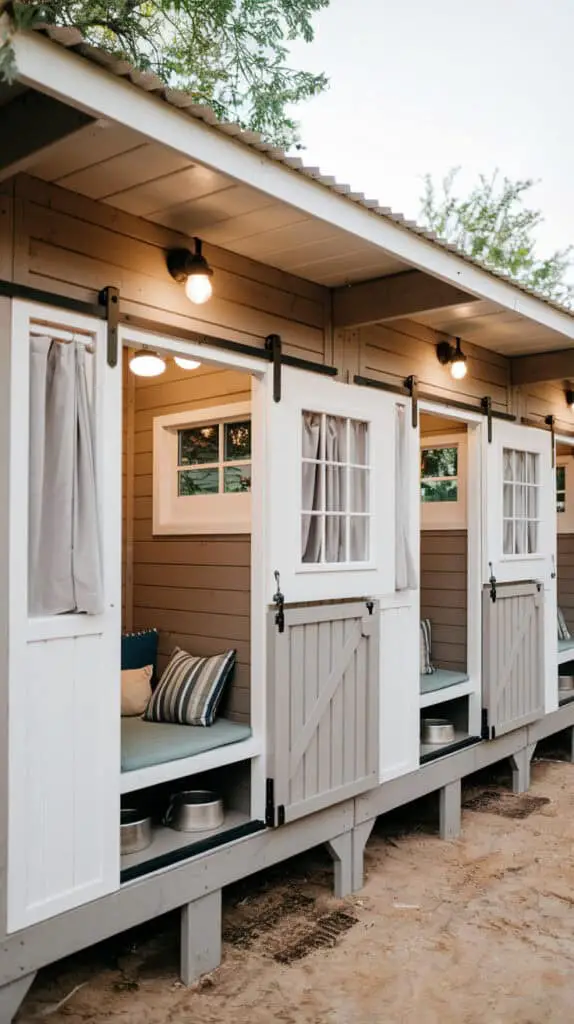
No matter how friendly your crew is, having a designated zone for small dogs is a must. It prevents accidental trampling and gives everyone a sense of calm and safety. Use fencing, low planters, or even tall wooden boxes to divide space — it doesn’t need to be sterile or look like a split in a daycare.
Design the small dog zone with gentle ramps, mini tunnels, and shorter grass or matting. It’s like a preschool area, but make it modern backyard chic.
Bonus: this dual-zone setup makes your place way more professional if you ever plan to offer paid boarding or daycare. Owners love seeing that their little one won’t be stuck in a crowd of German Shepherds doing full-speed laps.
Flexible Indoor-Outdoor Sleeping Porch or Sunroom
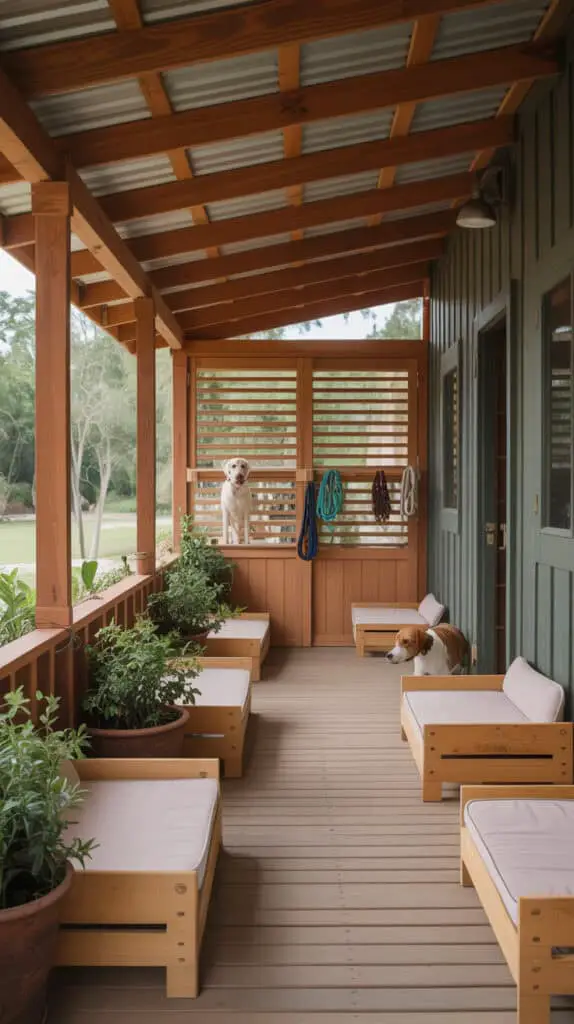
If your climate gets hot, rainy, or just unpredictable, an indoor-outdoor sleeping area is such a good investment. You can convert part of a shed, garage, or even add onto a porch to make a breezy, covered resting space.
Add sliding barn doors or half-open panels to let air circulate, and make sure there’s good lighting and sealed flooring. Dogs who don’t love full outdoor sleeping will adore this transitional space — plus it’s easy to clean and keeps your boarding setup usable year-round.
Add crates or low wooden daybeds, hang leash hooks, and keep the space calm and clutter-free. It can double as your dog welcome lounge when new pups arrive, or even a quiet feeding spot for dogs that need mealtime privacy.
Agility Track with Soft Barriers and Tire Jumps
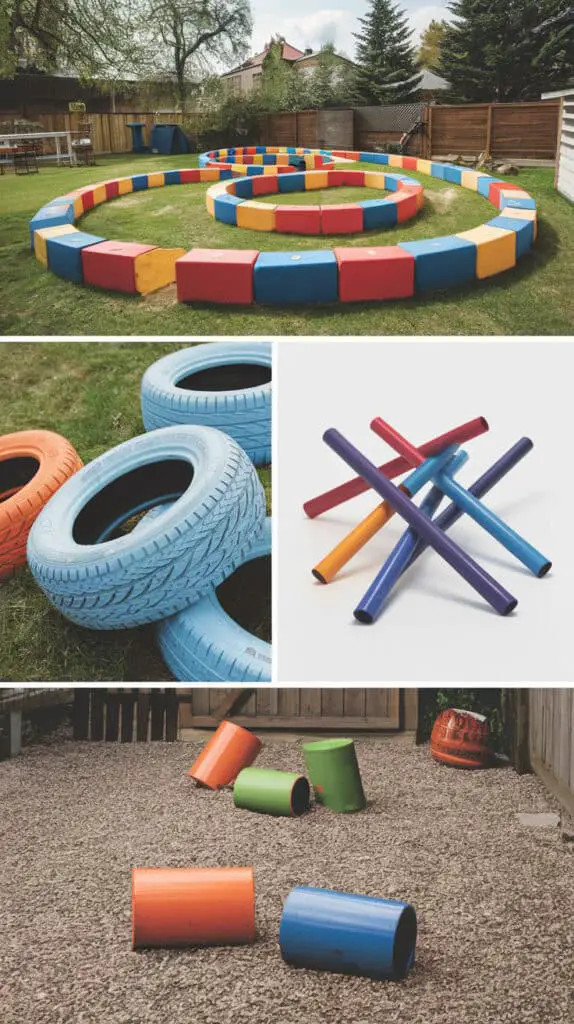
Turning part of your backyard into a mini agility course adds fun and function. Use flexible materials like PVC for low jumps, weave poles, and pause platforms. Old tires (painted or left rustic) make great tunnels and jump rings — bury them slightly for stability. You don’t need a full-on obstacle course; just a looped path with a few sections is enough to challenge most dogs.
Keep the track surrounded by soft barriers like low fencing or hedges so dogs don’t wander off mid-run. Agility not only builds confidence and burns energy, it’s also really cute when visiting dogs give it their all — even if they totally miss the jump. If you’re offering boarding, this becomes a highlight parents will love to see videos of
Outdoor Dog Wash Station with Drainage
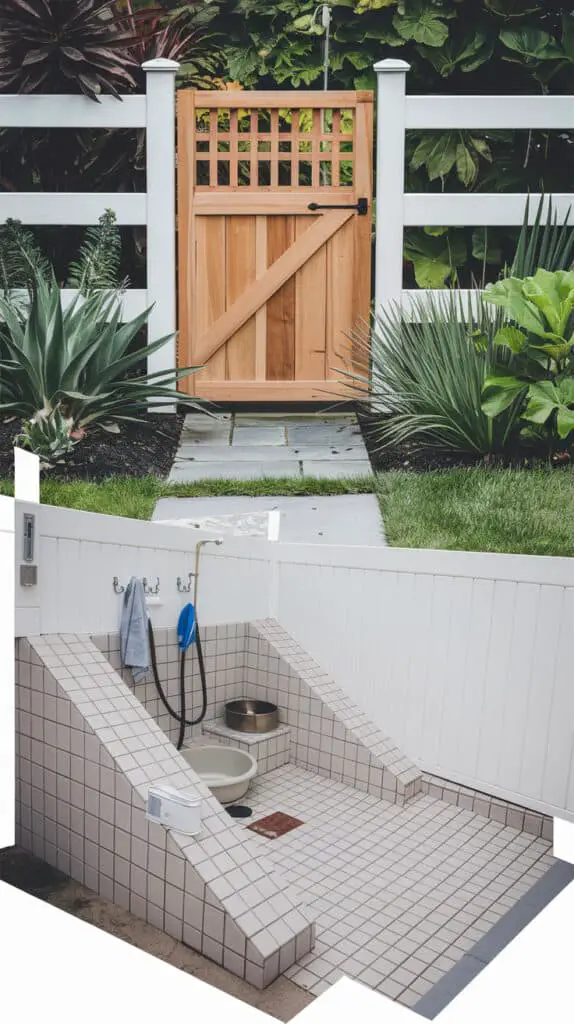
Boarding dogs means muddy paws, wet grass, and the occasional mysterious smell. So having a basic dog wash station saves your life more than you’d think. It doesn’t need to be fancy — a hose connection, shallow basin or sloped tile floor, and proper drainage are key.
Add a couple hooks for leashes or towels, and keep a low shelf nearby for shampoo and dog-safe drying cloths. Position it near the exit gate or porch area so you can do a quick rinse before pickup. Trust me — parents picking up their dog clean and shiny? That’s five-star service right there
Feeding Zone with Separated Crate-Style Stalls

Feeding time at a dog sanctuary can be chaos without structure. The trick? Individual feeding stalls or crate-style cubbies. These can be simple framed units with low walls or a row of spaced-out crates under a covered porch. Label each stall, clean between meals, and space them far enough apart to avoid food guarding.
Bonus points if each one has a rubber mat and a storage basket nearby for personalized bowls or supplements. This also makes it easier to track who ate what — especially important if you’re boarding dogs with special diets. Even if it’s just for your own pack, it’ll make feeding feel way less like a circus
Night Lighting and Soft Motion Sensors
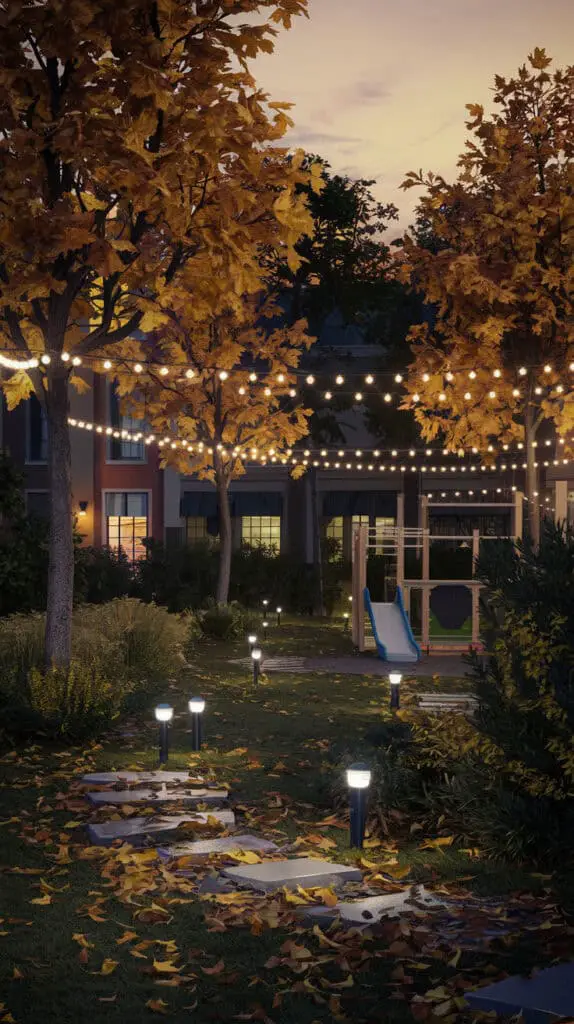
It gets dark. Dogs still need bathroom breaks. And clients might arrive late. Soft night lighting is one of those upgrades that seems small until you have it. Use solar lights along walkways, add warm string lights in the main play area, and place motion sensors near entrances or sleeping zones.
Avoid harsh white bulbs — go for warm tones that feel gentle, not prison-yard bright. Lights also make your backyard feel more intentional and safe, especially if you’ve got families touring the space after work. It adds a finishing touch that makes your place feel like a proper pet resort, not just a fenced yard
Rotating Toy Stations and Seasonal Enrichment

Dogs get bored fast — especially if they’re staying for more than a day or two. So setting up rotating toy bins or themed stations adds novelty and stimulation. You can switch out rope toys, puzzle feeders, or treat balls weekly.
Create a seasonal corner: summer can be frozen treat molds and splash buckets, while winter gets a fleece tug wall or hide-and-seek boxes. Keep toys clean, safe, and chewed-to-shreds free. And always supervise high-energy group play. It’s enrichment without the mess, and it gives your sanctuary that thoughtful, curated vibe — like you didn’t just think of dogs, you thought about their moods
Final Thoughts
Turning your backyard into a sanctuary — one that feels fun, cozy, and functional enough for boarding — isn’t about perfection. It’s about intention. You don’t need acres of land or a massive budget to start building a dog-friendly setup that works for you and your community.
Honestly, most of the best ideas come from seeing what your dogs love most and doubling down on it. That stump they always nap on? Build a few more. The shady spot where everyone crowds? Turn it into a cool-down zone.
Whether you’re planning to run a full dog boarding business or just offer a weekend escape for furry friends, the best part is you’re creating something real. Something dogs love. Something that grows with you. And if you’re anything like me — the second you see them do the full-body happy wiggle, you’ll know it was worth it.
